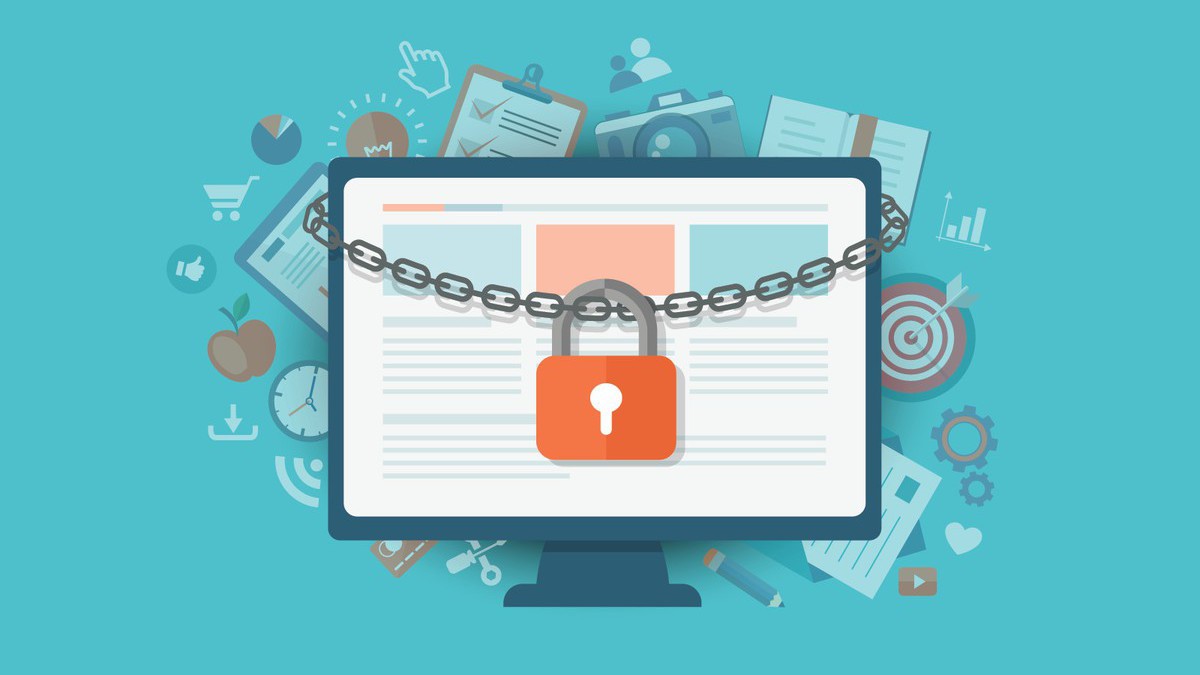
Information
Secure Your Personal Information Online
Be aware of who
you are sharing your Personal Information. Store and share your personal
information securely.
Stay Safe from
Fake Person
Make sure you
know who is getting your personal or financial information. Don’t give your personal
information on the phone, through the mail or over the Internet unless you’ve
initiated the contact or know who you’re dealing with. If a company that claims
to have an account with you sends an email asking for personal information, don’t
click on links in the email. Instead, type the company name into your web
browser, go to their site, and contact them through customer service. Or, call
the customer service number listed on your account statement. Ask whether the
company really sent a mail.
Safely Dispose
your Personal Information
Before you dispose of a computer, get rid of
all the personal information it stores. Use a wipe utility program to overwrite
the entire hard drive.
Before you dispose of a mobile device, check
your owner’s manual, the service provider’s website, or the device
manufacturer’s website for information on how to delete information
permanently, and how to save or transfer information to a new device. Remove
the memory or subscriber identity module (SIM) card from a mobile device.
Remove the phone book, lists of calls made and received, voicemails, messages
sent and received, organizer folders, web search history, and photos.
Encrypt Your Data
Keep your
browser secure. To guard your online transactions, use trusted browser that
scrambles information you send over the internet. A “lock” icon on the status
bar of your internet browser means your information will be safe when it’s
transmitted. Look for the lock before you send personal or financial
information online.
Keep Passwords
Private
Use strong
passwords with your laptop, credit card, bank, and other accounts. Be creative:
Better to think of a special phrase and use the first letter of each word as
your password. Substitute numbers for some words or letters. For example, “I
want to see the Taj Mahal” could become 1W2CtTM (This is just an example.
Don’t use it)
Don’t Share
too much information on Social Networking Sites
If you post
too much information about yourself, an identity thief can find information
about your life, use it to answer ‘challenge’ questions on your accounts, and
get access to your money and personal information. Consider limiting access to
your networking page to a small group of people. Never post your full name, Aadhar
Number, address, phone number, or account numbers in publicly accessible sites.
MOST VIEWED ARTICLES
LATEST ARTICLES
13 Feb, 2021
13 Feb, 2021